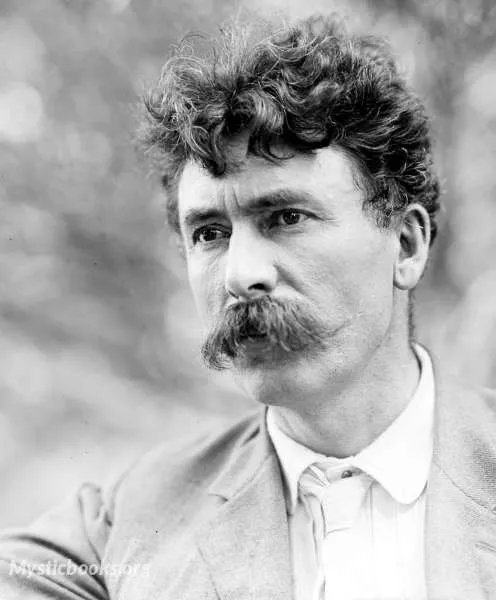
Timeline
Title
Country/Nationality
Ernest Thompson Seton
Ernest Thompson Seton was an author, wildlife artist, founder of the Woodcraft Indians in 1902 (renamed Woodcraft League of America), and one of the founding pioneers of the Boy Scouts of America (BSA) in 1910.
Seton also influenced Lord Baden-Powell, the founder of one of the first Scouting organizations. His writings were published in the United Kingdom, Canada, the US, and the USSR; his notable books related to Scouting include The Birch Bark Roll and the Boy Scout Handbook. He is responsible for the appropriation and incorporation of what he believed to be American Indian elements into the traditions of the BSA.
Seton was born in South Shields, County Durham, England of Scottish parents. His family emigrated to Canada in 1866. Most of his childhood was spent in Toronto, Ontario and the family is known to have lived at 6 Aberdeen Avenue in Cabbagetown. As a youth, he retreated to the woods of the Don River to draw and study animals as a way of avoiding his abusive father. He attended the Ontario College of Art in 1879, studying with John Colin Forbes, then won a scholarship in art to the Royal Academy in London, England in 1880. In the 1890s, he studied at the Académie Julian in Paris.
On his twenty-first birthday, Seton's father presented him with an invoice for all the expenses connected with his childhood and youth, including the fee charged by the doctor who delivered him. According to one writer, he paid the bill, but never spoke to his father again.
In 1882, he joined his brother on a homestead outside Carberry, Manitoba, where he began to write. In 1891, he published The Birds of Manitoba and was appointed Provincial Naturalist by the government of Manitoba. He continued to publish books about Manitoba for decades to come, including The Life Histories of Northern Animals: An Account of the Mammals of Manitoba and lived in Manitoba until 1930, when he moved to Santa Fe, New Mexico.
He changed his name to Ernest Thompson Seton (after initially changing it to Ernest Seton-Thompson), believing that Seton had been an important family name. He became successful as a writer, artist and naturalist, and moved to New York City to further his career. Seton later lived at Wyndygoul, an estate that he built in Cos Cob, a section of Greenwich, Connecticut. After experiencing vandalism by the local youth, Seton invited them to his estate for a weekend where he told them what he claimed were stories of the American Indians and of nature.
Seton met Scouting's founder, Lord Baden-Powell, in 1906. Baden-Powell had read Seton's book The Birch Bark Roll of the Woodcraft Indians and was greatly intrigued by it. The pair met and shared ideas. Baden-Powell went on to found the Scouting movement worldwide and Seton became the president of the committee that founded the Boy Scouts of America (BSA) and was its first (and only) Chief Scout. Seton's Woodcraft Indians (a youth organization) combined with the early attempts at Scouting from the YMCA and other organizations and with Daniel Carter Beard's Sons of Daniel Boone, to form the BSA. The work of Seton and Beard is in large part the basis of the Traditional Scouting movement.
Seton married twice. His first marriage was to Grace Gallatin in 1896. Their only daughter, Ann (1904 – 1990), later known as Anya Seton, became a best-selling author of historical and biographical novels. According to Ann's introduction to the novel Green Darkness, Grace was a practicing Theosophist.
Ernest and Grace divorced in 1935, and Ernest soon married Julia Moss Buttree. Julia wrote works by herself and with Ernest.
Seton was an early pioneer of the modern school of animal fiction writing, his most popular work being Wild Animals I Have Known (1898), which contains the story of his killing of the wolf Lobo. He later became involved in a literary debate known as the nature fakers controversy, after John Burroughs published an article in 1903 in the Atlantic Monthly attacking writers of sentimental animal stories. The controversy lasted for four years and included important American environmental and political figures of the day, including President Theodore Roosevelt.
In 1907, Seton and the naturalist Edward Alexander Preble verified a claim from 10 years earlier by the frontiersman Charles "Buffalo" Jones that Jones and his hunting party had shot and fended off a hungry wolf pack near the Great Slave Lake in Canada. Seton and Preble discovered the remains of the animals near Jones's long abandoned cabin.
Seton was an early pioneer of the modern school of animal fiction writing, his most popular work being Wild Animals I Have Known (1898), which contains the story of his killing of the wolf Lobo. He later became involved in a literary debate known as the nature fakers controversy, after John Burroughs published an article in 1903 in the Atlantic Monthly attacking writers of sentimental animal stories. The controversy lasted for four years and included important American environmental and political figures of the day, including President Theodore Roosevelt.
In 1907, Seton and the naturalist Edward Alexander Preble verified a claim from 10 years earlier by the frontiersman Charles "Buffalo" Jones that Jones and his hunting party had shot and fended off a hungry wolf pack near the Great Slave Lake in Canada. Seton and Preble discovered the remains of the animals near Jones's long abandoned cabin.
Books by Ernest Thompson Seton
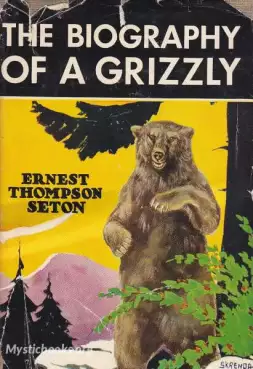
The Biography of a Grizzly
I first read this little book when I was in the fifth grade, and now more than fifty years later, I still find it fascinating. Ernest Thompson Seton was a man with a concern for nature her creatures and an excellent story teller. I could almost feel...
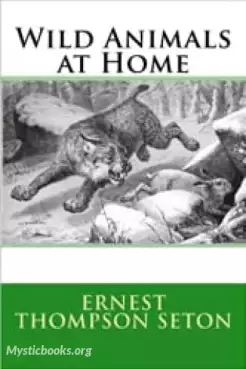
Wild Animals At Home
Wildlife artist Ernest Thompson Seton shares anecdotes of wild animals that he encountered in Yellowstone Park. "I have aimed to show something of the little aspects of the creatures' lives, which are those that the ordinary traveller will see; I go...
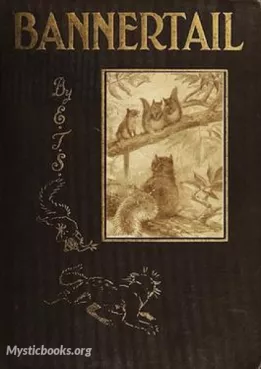
Bannertail: The Story of a Graysquirrel
In the heart of an enchanting forest, a tale of courage, friendship, and the wonders of nature unfolds. "Bannertail: The Story of a Graysquirrel" by Ernest Thompson Seton is a captivating journey through the eyes of a young gray squirrel named Banner...
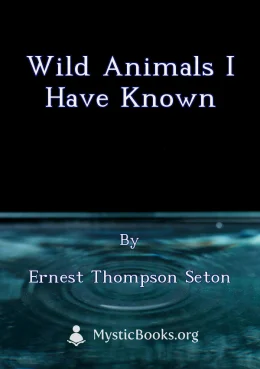
Wild Animals I Have Known
Ernest Thompson Seton's *Wild Animals I Have Known* is a collection of short stories that offers a unique perspective on the lives of animals, particularly those considered predators. Seton's deep understanding of animal behavior, coupled with his en...
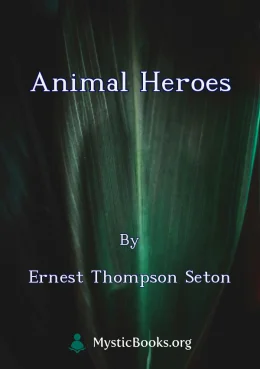
Animal Heroes
This book explores the extraordinary lives of animal heroes, drawing on real-life events and showcasing their resilience, intelligence, and courage in the face of challenges. Each story is based on true accounts, from the White Reindeer of Norway to...